How the Pandemic Has Changed Classroom Learning for the Visually Impaired
The new normal for people with disabilities in Tokyo
Avoiding risk of infection during the pandemic means reducing contacts in our routines, but the sense of touch has been crucial for visually impaired people, so how have they been adjusting, particularly in the classroom?
Rie Kiyono started teaching her community English class in Tokyo’s Takadanobaba area on a Saturday morning by reviewing and reciting the alphabet and numbers with her students. It looked just like a typical English class—except that all her students have visual impairments. She started by turning on her voice recorder and calling each student’s name based on their seating arrangements.
Kiyono started her English class for the visually impaired at the Tokyo Metropolitan Welfare Association of the Blind back in 2005 and her class has grown ever since—until the pandemic started. Due to the effects and protocols necessary during the outbreak, her class was paused.
According to the World Health Organization, people with disabilities face added risks during a pandemic that has made them less independent. Mostly using their sense of touch to navigate and relying on sighted attendants, the students found these two things becoming potential risks for coronavirus infections.
Jin K., who didn’t want to have his last name mentioned, and Kazuhiro Takemoto said that they started going out less to avoid commuting. The reason for this is because they find it difficult to socially distance themselves from other people. For example, they cannot always tell if others around them are implementing the coronavirus safety measures—such as keeping masks on at all times— and if they’ve distanced themselves far enough.
During the pandemic, Kiyono refrained from having her students make contact with anything via touch, which is challenging since they used to touch the materials used for her lessons, if they were available, such as a pop-up map of different cities in the world. This used to be a valuable learning experience. She and her students could now only wait until it was safe to resume their class again.
people with disabilities face added risks during a pandemic
In another part of Tokyo, Kazuhiro Uno, an English teacher at Tsukuba’s Special Needs Education School for the Visually Impaired, mentioned that it was closed temporarily during the first state of emergency in April 2020. Now, the school has reopened with a few adjustments. Before the pandemic, the students would sit in squares to accommodate an easier learning experience. When needed, they could share learning materials or class equipment so they could use their sense of touch as part of their learning process. They would sing songs together during the music class and work in teams during physical education. Additionally, when necessary, students who are partially sighted could help guide their friends who are completely blind.
However, this peer assistance has become a potential hazard during the pandemic, making it a risky decision for both the partially blind student who wants to assist and the blind ones being assisted. During P.E., all team activities are restricted and singing is also prohibited.
Furthermore, their desk arrangement has been switched to a traditional classroom setting—all facing the same direction with the teacher at the front of the class.
Schedule adjustment
The biggest change in the school schedule has been the lunch break.
In the past, with the exception of kindergarten and elementary school pupils, the students could go to the school cafeteria and have their lunch at the same time from the end of the fourth period to just before the start of the fifth period—from 12:45 p.m. to 1:45 p.m. Students used to go directly to the cafeteria to have lunch as soon as the break started. However, since the pandemic started, the school needs to make adjustments to limit the number of people going to the cafeteria at the same time.
Therefore, during their break, the school asked junior high school students to go have their lunch first—from 12:20 p.m. to 12:45 p.m., followed by the senior high and vocational school students, starting from 12:45 p.m. They were instructed not to sit in groups as only one student is allowed per table, and they all need to eat in silence, facing the same direction.
But with the increasing number of cases last August (as reported by NHK) that lead to an extension of the latest state of emergency, the school now asks the vocational students to go to the cafeteria only after the high school students have finished. This makes them the last group to go to the cafeteria—at about 1 p.m. After and before lunch, students are free to relax and play with friends, of course bearing in mind that they need to keep their masks on, socially distance themselves from one another and be sure to sanitize their hands.
only one student is allowed per table, and they all need to eat in silence
The only schedule that remains unchanged is for the kindergarteners and elementary school students.
Teachers now end each period about five minutes early so they can sanitize the classroom before the next class arrives. This process can repeat up to six times per day. The school now also allows students to leave 10 minutes early so they can head back to their homes or dormitories.
Although the school has reopened, students are still advised against attending the class in person should they have a fever. If they feel ill during their studies, their parents are required to pick them up immediately and take them to the nearest hospital for a PCR test.
The school also offers Zoom classes and because of this, teachers had to learn to teach online. They now need to bring an iPad to their classes to connect virtually with students who are not physically present. Afterward, the teacher needs to meticulously note the lessons covered during the Zoom session. Though there are advantages to utilizing Zoom, having to rely on technology that depends on a good internet connection presents its own challenges. When the connection is bad, students might not be able to hear the lesson clearly, which could affect the whole learning process.
Audio drama and Zoom graduation ceremony
Nevertheless, Uno-sensei’s main concern is the psychological impact on the students. Those currently living at the nearby school dorm are advised against taking public transportation so they can’t go out during the weekends like they used to. Some school events were also canceled, such as the annual bunkasai (school arts festival), summer studies and last year’s graduation ceremony, which was a disappointment for the students. This resulted in lower motivation levels to study, so the school tried to cope by creating an audio drama contest in place of the school festival.
Last year they held the contest only in the morning, with students performing either their own story or traditional Japanese folklore, for about 20 minutes. This year, students showcased their talents in a music and drama performance after the contest, so the event lasted until the afternoon. Some students from the drama club, the music class, as well as one student band, played musical instruments for their performances. A limited number of audiences was allowed, with them having to sit about 8 meters away from the stage. The additional guest judge, Wasabi Mizuta, the voice-actress for Doraemon, added more excitement to the contest, although she adjudicated online.
This year, the school held the graduation ceremony, allowing one family member to attend in a separate room to watch the ceremony via Zoom while teachers watched in the faculty lounge. Only one representative from each education level could go to the stage to take their diploma on behalf of their peers, while the remaining students received theirs in their respective classrooms afterward.
Remaining challenges
With vaccinations underway, Uno-sensei hopes for a return to normalcy soon. He was fully vaccinated in August, but at that time, not all teachers were fully vaccinated and some are still waiting for their vaccination coupon from their respective city wards. While the school does not mandate vaccinations for everyone, the teachers and students seem eager to be fully vaccinated. By the end of September, more teachers and students have either been partially or fully vaccinated, although no clear numbers are available.
Similarly, Kiyono and her students are waiting to resume their classes again. Jin K. has already been fully vaccinated and mentioned the positive experience he had as the centers seem to be prepared to assist people with disabilities again. He and Uno-sensei are fortunate to have had their appointments arranged by family members or sighted guides, or by themselves. However, many visually impaired people across the country, particularly those living alone, are still facing difficulties in booking vaccination appointments. Some are even unaware of getting the voucher because the documents they received were not in Braille.
With many challenges still unresolved—though hopefully not for long—students at the Tsukuba school will need to adjust to the new teaching and learning measures in place. However, as long as the pandemic continues Kiyono’s students will have to wait until it is safe enough for them to travel to their English class in Takadanobaba.

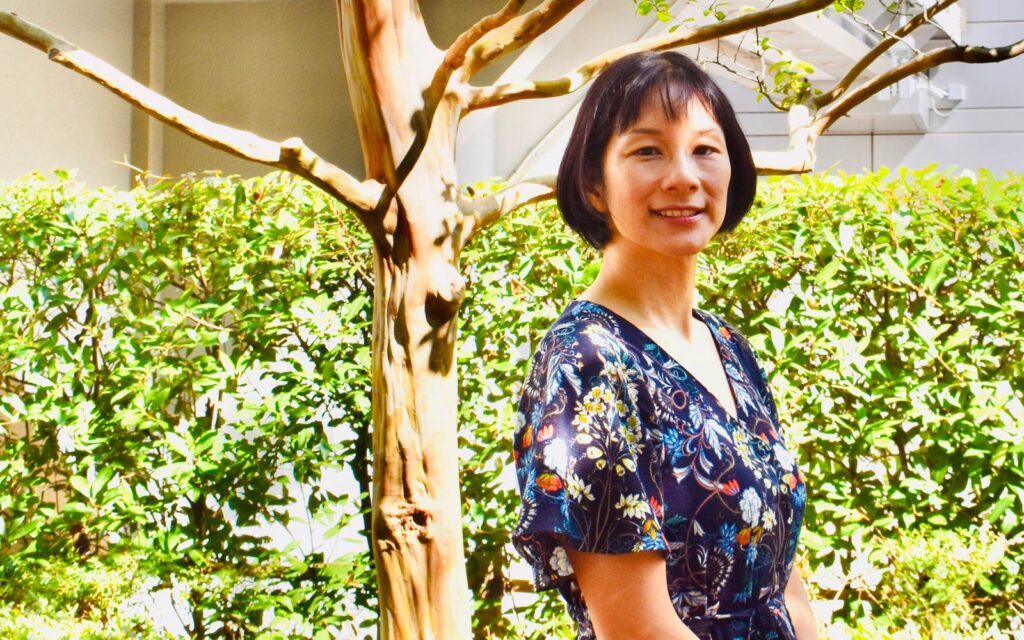
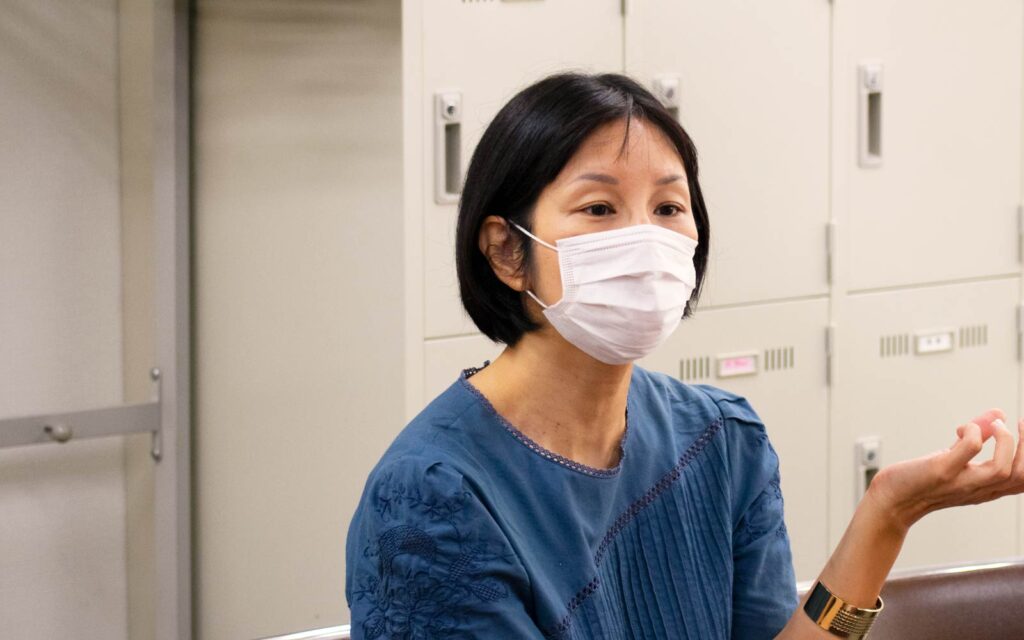









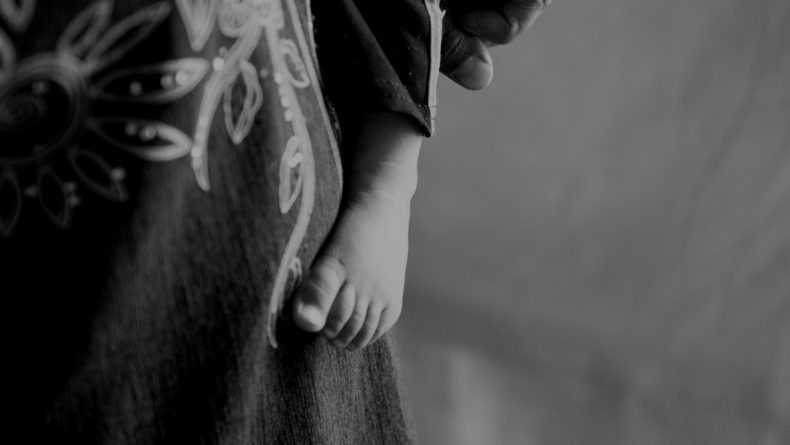

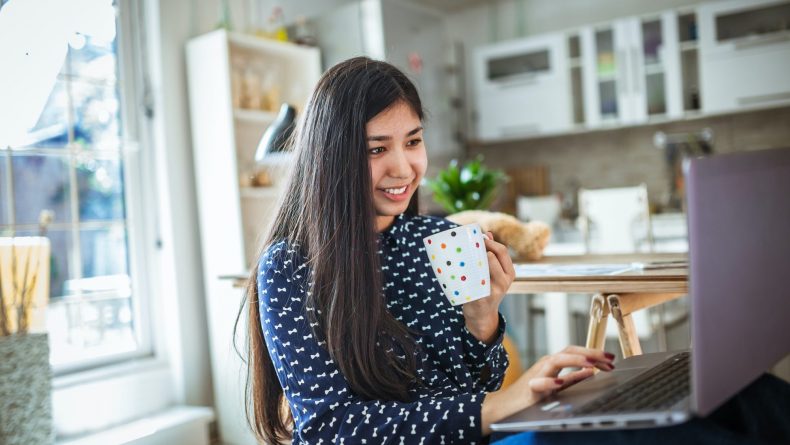
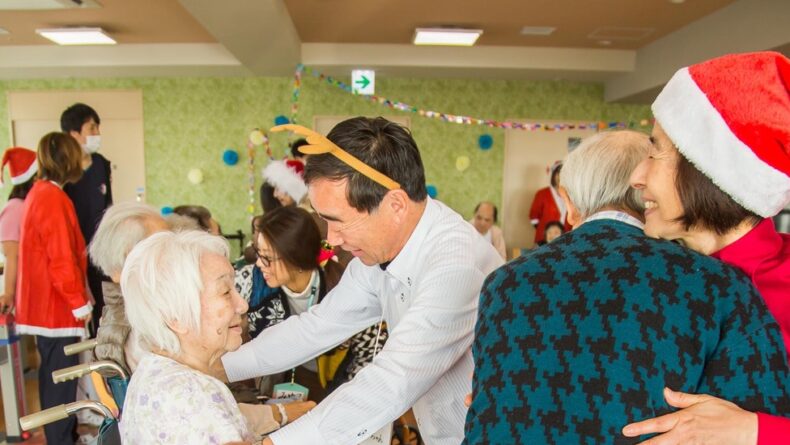
Leave a Reply